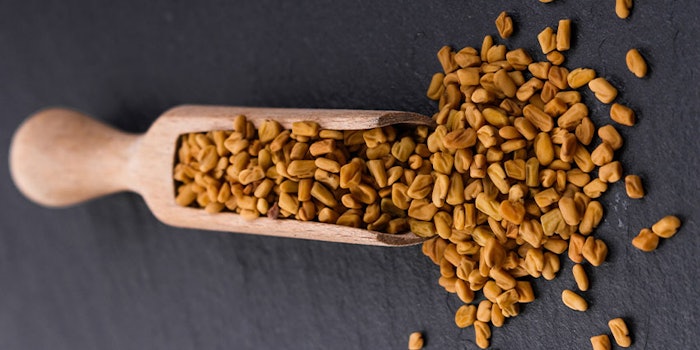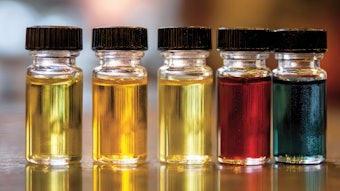
“Taste may change, but inclination never.” In as early as the 17th century, François VI, Duke de La Rochefoucauld, already realized something that still holds true today. Many factors influence the formulas of flavor creations. Political topics, religion, sustainability and the organic trend, to name just a few examples.
To satisfy continually growing demands, flavors need to be reformulated or even recreated. Therefore, the use of extracts in flavors increases significantly. Generally speaking, extracts are not defined in European regulations and are thus often associated with the term “flavor preparation”. This does not only refer to essential oils but it also includes distillates, macerates (fluid extracts) and solid extracts. They all result from plant extractions, but they are obtained by different processes, under special conditions and involving one or more solvents.
The use of new technologies, e.g., innovative distillation processes, enables flavorists to go even further by extracting and concentrating products in ways previously not possible. This applies to the product series HiPure launched by Destilla. Not only are the raw materials crucial but also the choice of solvent, concentration, ingredients and much more. Economic efficiency must not be disregarded either.
To illustrate this complex topic, below are some examples on why extracts are a must-have in the flavorist’s palette.
Use Under the New EU Regulation and for 95/5 Flavors
Conscious consumers are on the rise, and this is reflected in the increasing demand for organic products. The sector is booming and the existing regulation, which dates from 2007, was no longer suited to the market. A remodeling was needed in order to prevent fraud and ensure consumer trust. The new regulation 2018/848 will apply from 01/01/2021, but it is already affecting the flavor industry.










